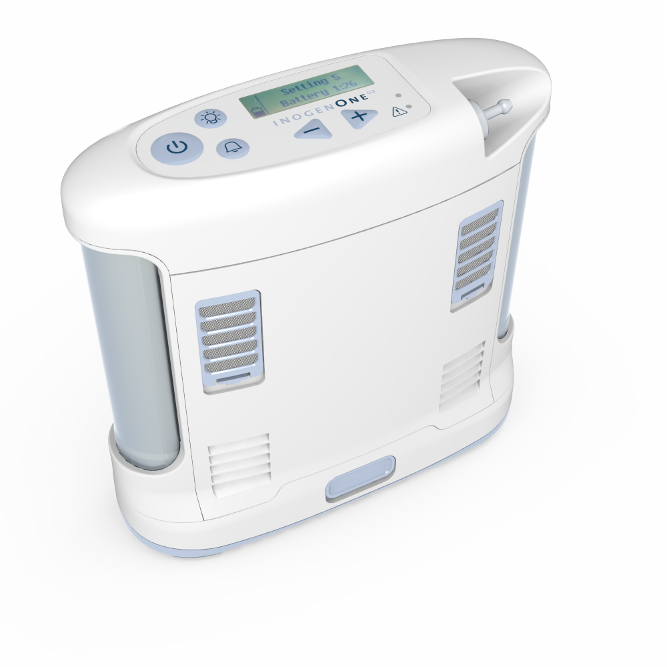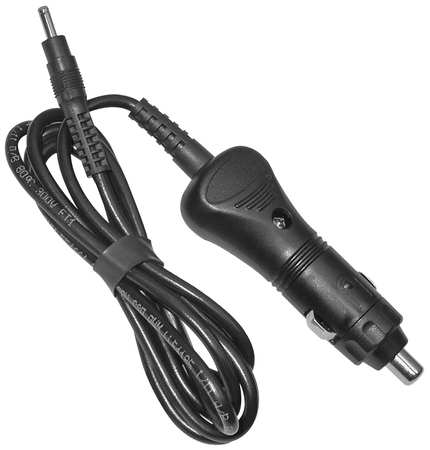Customers wanting to use a POC on board must provide a minimum 48-hour advance notification to United. The Accessibility Desk at the United Customer Contact Center (1-800-228-2744) will help you determine whether the device you’re planning to use is FAA-approved and will provide guidance on the number of batteries you’ll need for your flight.
POC models that have a manufacturer’s label stating in red lettering: “The manufacturer of this POC has determined this device conforms to all applicable FAA acceptance criteria for POC carriage and use on board aircraft” will be accepted. Other appropriately labeled POC brands and models may be carried in the cabin with the batteries removed if they meet United’s carry-on size and weight requirements, or may be transported as checked baggage.
Please note that aircraft in-seat electrical power is available on a limited number of aircraft, and there is no guarantee that the in-seat power will be operative. Therefore, customers must have an ample supply of fully charged batteries for the full duration of their flight and any ground connection time where the POC will be used, plus three hours of extra battery time in case of any flight delays or other disruptions.
POCs are considered assistive devices and do not count toward carry-on baggage limits, whether or not they are used on board. They must be able to fit underneath the seat or in an overhead compartment. Some seating restrictions may be necessary to comply with certain FAA safety rules.
Customers wishing to use a POC on board must satisfy the following requirements prior to boarding the aircraft:
- The customer must notify United that he or she is planning to use a POC on board the aircraft.
- The customer must have a signed written Medical Certificate for POC Use. United suggests printing the Medical Certificate for POC Use available on this website.
- The Medical Certificate for POC Use must:
- State whether or not oxygen use is medically necessary for all or a portion of the flight(s) listed on the customer’s itinerary.
- Specify the maximum oxygen flow rate in liters per minute corresponding to the pressure in the cabin of the aircraft under normal operating conditions.
- State that the expected total operating time (duration) of the POC extends the entire length of the flight plus three hours.
- Be kept by the customer and provided upon request to United personnel at any time during travel.
- The customer must ensure that he or she has ample batteries to power the POC for the duration of the flight, any ground connection time where the POC will be used, plus three additional hours to allow for unanticipated delays. United does not have electrical power available for customer use on all of its aircraft. In-seat electrical power is available on only a limited number of aircraft, and there is no guarantee that any available in-seat power will be operative. Flights operated by United Express do not have in-seat power.
- The customer must ensure that all extra batteries are properly protected from short-circuiting by having recessed battery terminals or by packaging the batteries so they do not contact metal objects, including the terminals of other batteries.
Medical Certificate for POC Use
Customers wanting to use a POC on board should advise United when making reservations. Customers using a POC who make reservations with a travel agent or on the internet need to contact the United Customer Contact Center at least 48 hours in advance of travel to ensure that United has all of the necessary information and can assist the customer in meeting travel requirements. Failure to meet the requirements will result in a denied use of the POC during travel. Customers in the U.S. or Canada can contact the Accessibility Desk directly at 1-800-228-2744.


